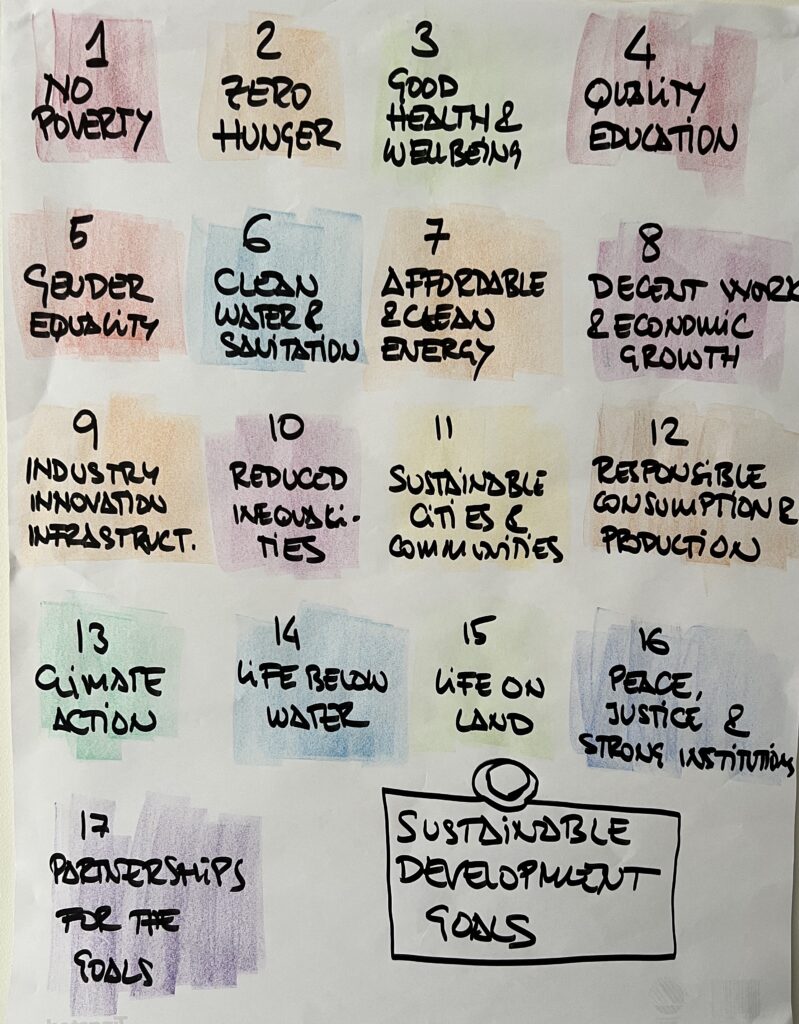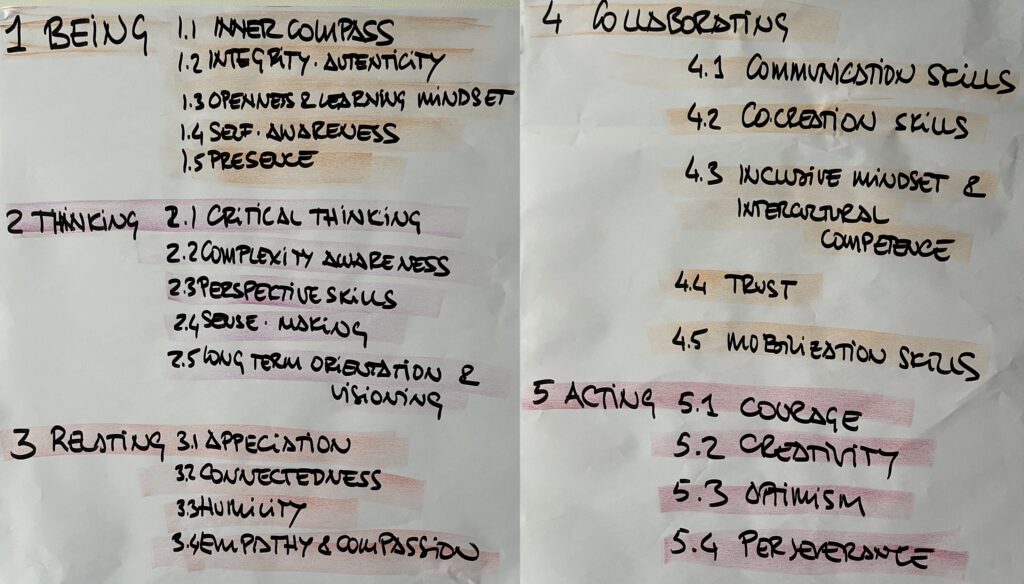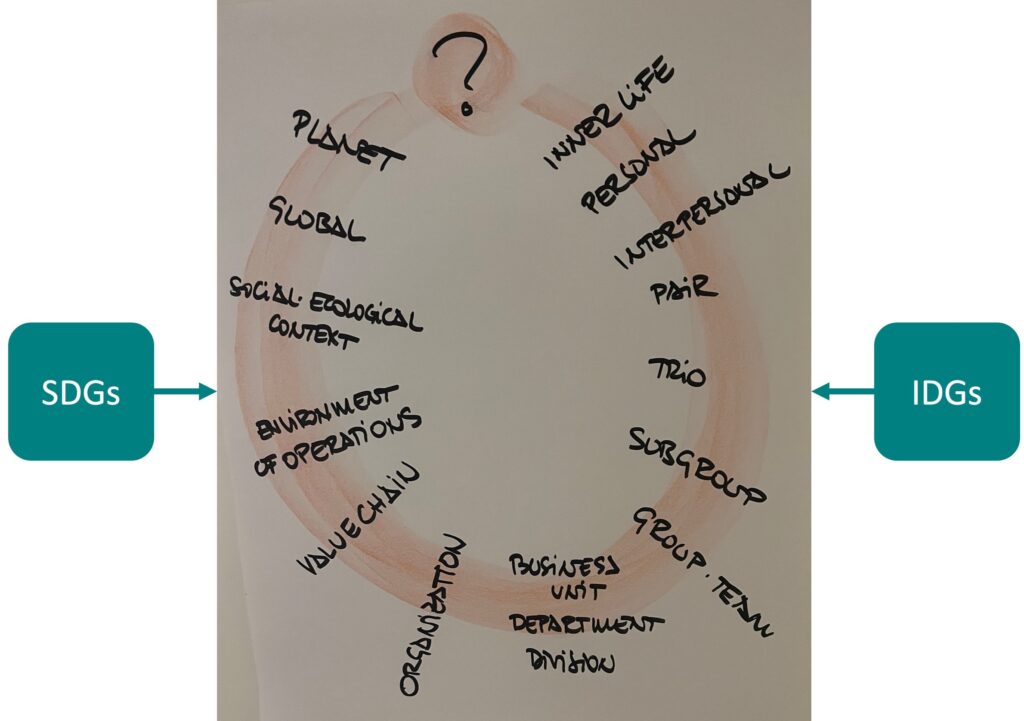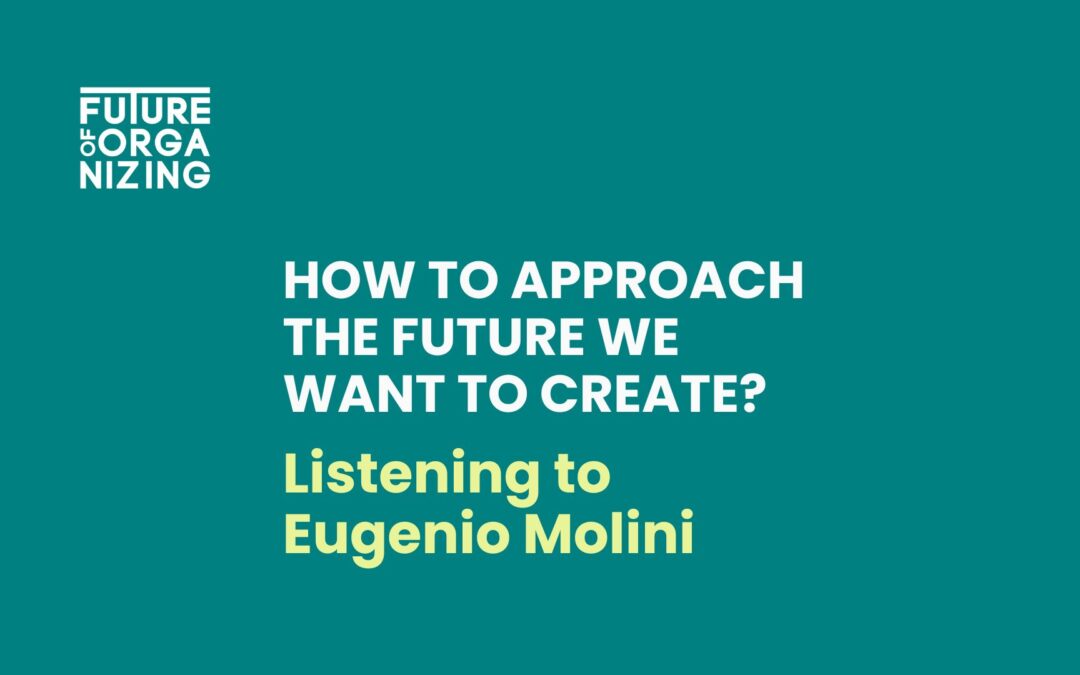How to develop a way of working where we be will able to influence despite not having formal power?
Is it possible to work bridging over boundaries between the organization and its environment of operations, the teams, and the people, the strategy, and the tasks?

Sustainable Development Goals (SDGs) adopted from the United Nations in 2015
Eugenio Molini conducted today’s seminar organised by Mil Institute in Malmö and provided answers, insights, and wow feelings.
According to Eugenio the essence of the paradigm that we want to change is that it’s built on: isolating the problem, planning interventions on the problem, doing the interventions and then measuring the results. The reason for not being so successful in changing the paradigm is that the methods being used for creating the change are also built on those dimensions, and this kind of approach does not work anymore.
A new approach is needed. If we consider the SDG (Sustainable Development Goals) and the IDG (Inner Development Goals) as examples of frameworks that were developed to help us achieve a better future in terms of environmental and social challenges, we can see that focusing on one of these two frameworks is not enough.
The IDG was developed because there was a sense of a barrier in order to reach the SDG. “The solution” was to work on developing personal qualities, and the belief was that once those qualities were in place, the task, meaning the SDGs, would be reached.

Inner Development Goals (IDGs)
But what needs to happen is a connection between the two different viewpoints where one side is about creating a better world (the task) and the other side is about creating better humans (the love). This can be done by combining SDG and IDG and minimizing the tendency to focus on one of the two.

Eugenio expressed that the change (or the future we want to create) requires transformational processes in which success is dependent on collaboration between parties that have different perspectives, professions, cultures and even diverging interests. And the answer to the questions is the creation of networks moving away from hierarchies of power and differentiating from communities.
In authentic networks the partners recognise each other’s autonomy, and it is about connection between only two possible states: connected or disconnected.
A pure network does not have an established path, and the paths that will be created are not static.
How can networks be created and how can they survive over time?
Well, the answer is different from what many of us could have expected.
The survival of the network is based on having many that are able to give more than what they will get back and accepting that there will be many that are part of the network just to receive something.
Curious to know more? Mil Institute is organizing a new workshop with Eugenio Molini in Stockholm on the 24th of October 2023. More information on the following link:
Alicia Medina, Phd
Future of Organizing AB
www.futureoforganizing.se
Co-Author of the book “Teal. Trust. Transparency. A New Way to Organize and Lead,” which explores the concept of “teal organizations” and how they can be designed to promote a culture of trust, transparency, and collaboration.




